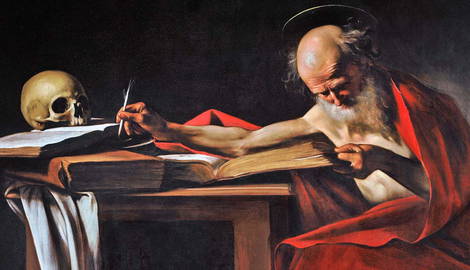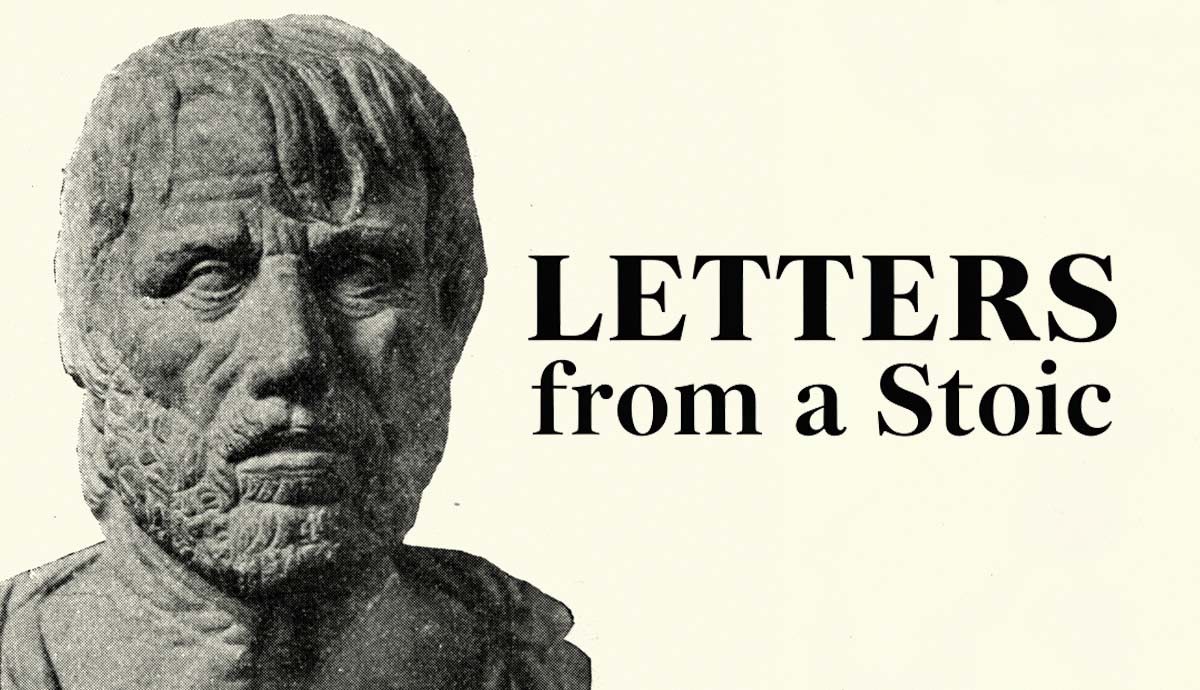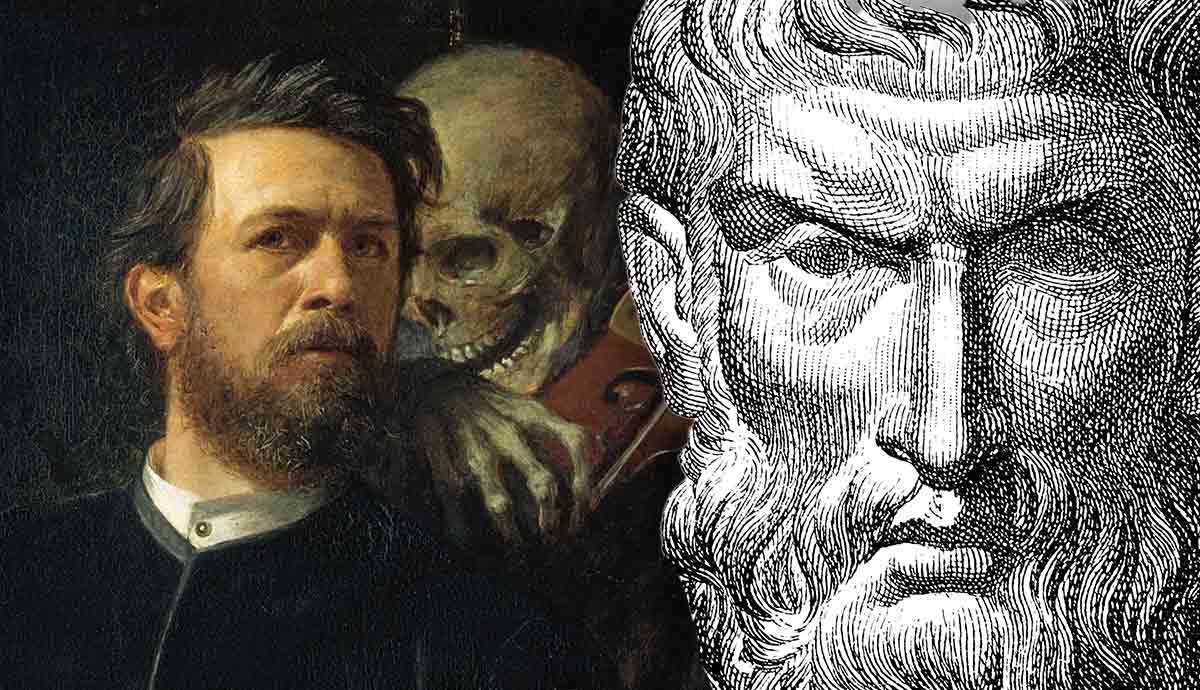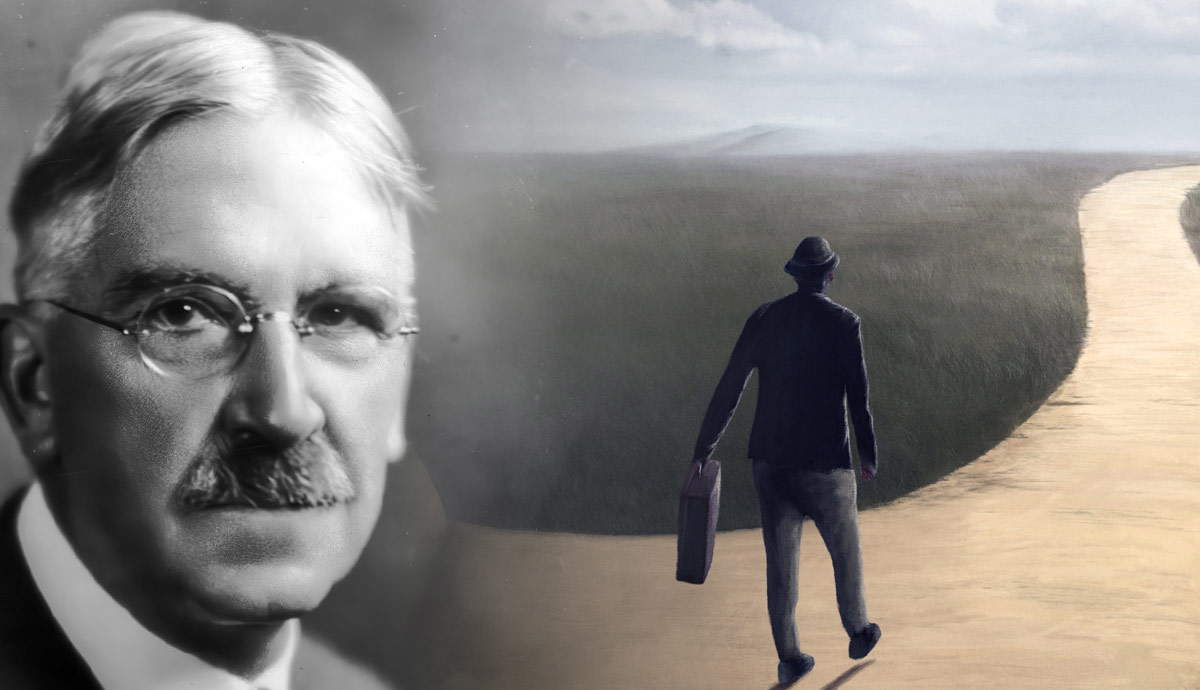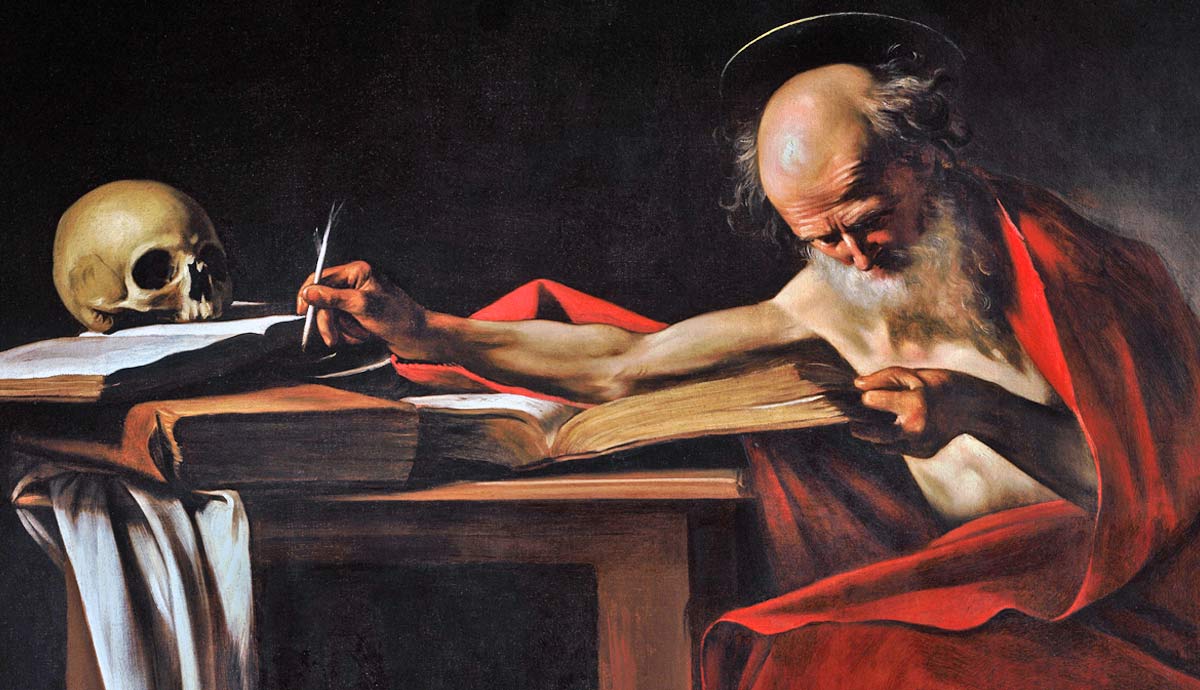
By connecting faith to logic so closely, scholastic scholars sought answers to some of humanity’s biggest questions. At the heart of their efforts lay the Catholic Church. From medieval universities to fiery theological debates, the Church played a pivotal role in advancing the growth of Scholastic philosophy. It provided a forum for intellectuals to explore the intersection of faith and reason. Below, we will examine how one of history’s most significant intellectual traditions was fostered by an institution that was often more renowned for its other endeavors.
The Church as the Guardian of Knowledge
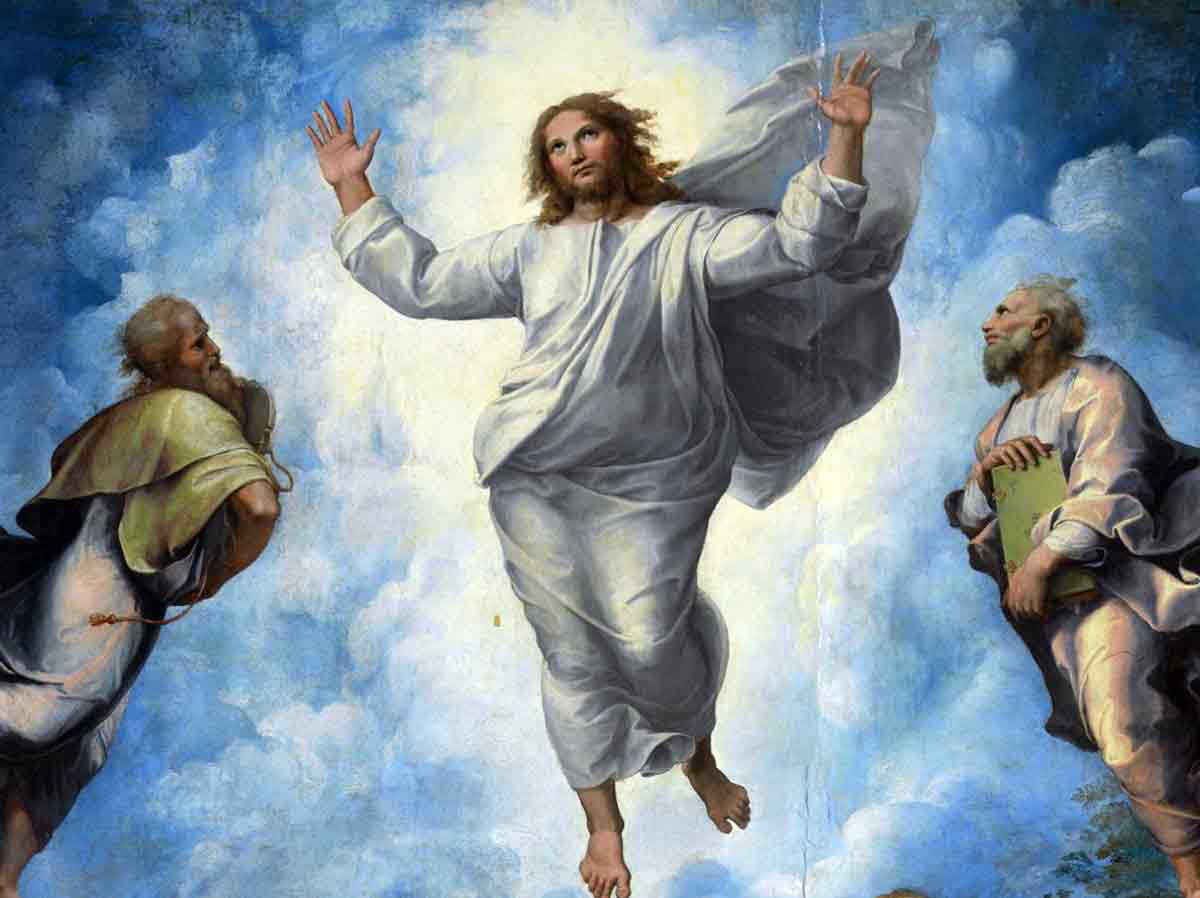
In the early Middle Ages, there was a significant risk that a substantial amount of Greek and Roman knowledge would be lost. After the fall of the Roman Empire, Europe fell into political turmoil, and many philosophical texts were in danger of disappearing forever. However, there was one organization that refused to let the flame of wisdom die: the Catholic Church.
European monasteries were like vital arteries carrying intelligence through the continent. In writing rooms called scriptoria, monks spent hours copying out and conserving ancient writings with astonishing care. Thanks to their hard work, it has been possible for works by thinkers such as Plato, Aristotle, and Augustine to survive and be passed on to later generations.
However, these writings were not just put into storage. They were also read with great enthusiasm by Christian scholars, almost all of them religious. These scholars did not just read and discuss the texts. They quoted from them in their own writings.
A major development occurred in the 12th century. This has become known as the Translation Movement. Scholars in Spain and Sicily joined forces with Islamic and Jewish thinkers. The goal was to translate Aristotle’s writings from Greek and introduce his logic and science to Western Europe, sparking new interest in his ideas and leading to a revival.
Scholasticism, an influential medieval philosophical movement, would not have occurred without the Catholic Church. Far from protecting philosophy alone, however, Scholastics believed faith and reason together could bring answers to some of life’s deepest questions.
The Church’s Educational Influence and the Rise of Medieval Universities
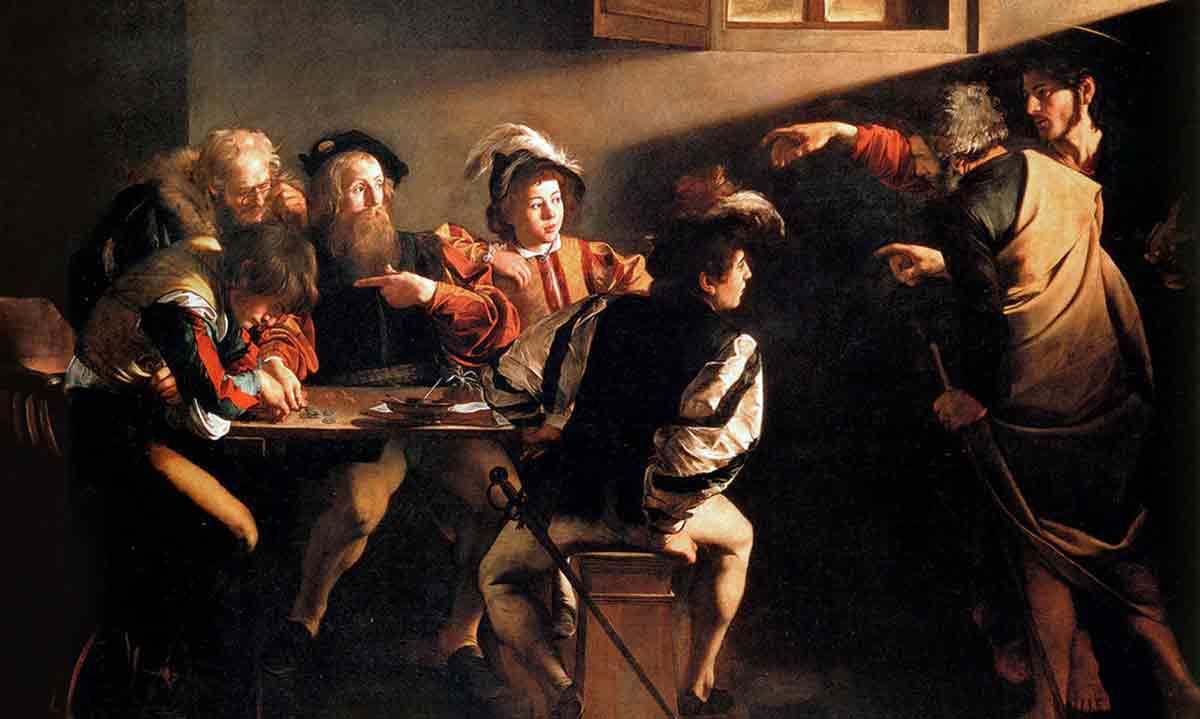
During the medieval period, education encompassed more than just acquiring facts. Those who studied were supposed to be able to think and make sense of the world through both logic and religious faith. The Catholic Church played an active role in creating this type of education by creating universities, where Scholasticism flourished.
Schools in locations such as Oxford, Paris, and Bologna became centers of higher learning where people would come to study law, philosophy, and religion. One of the features of Scholastic teaching (the Church-favored approach to teaching) was its orderliness: there had to be an orderly organization for argumentation or discussion based on rules established beforehand.
The teachers didn’t simply pass on facts to their pupils. They asked profound questions with no easy answers. They made the pupils think, but within a logical framework that would lead them to the truth. This may involve using reason to gain a deeper understanding of religious faith.
The most prestigious faculties involved in shaping medieval thought were those specializing in theology. Leading this intellectual charge were two influential religious orders: the Dominicans and the Franciscans.
Scholars from the Dominican order (such as St. Thomas Aquinas) tended to focus on natural law and logic. While those hailing from the Franciscan brotherhood (for example, Duns Scotus) often explored metaphysics and free will.
Nor was theology the only subject the Church taught. It also created our modern system of schooling. Because without its input, there would have been no Scholasticism—an educational theory still found in great centers of learning, such as universities.
The Theological Foundations of Scholasticism
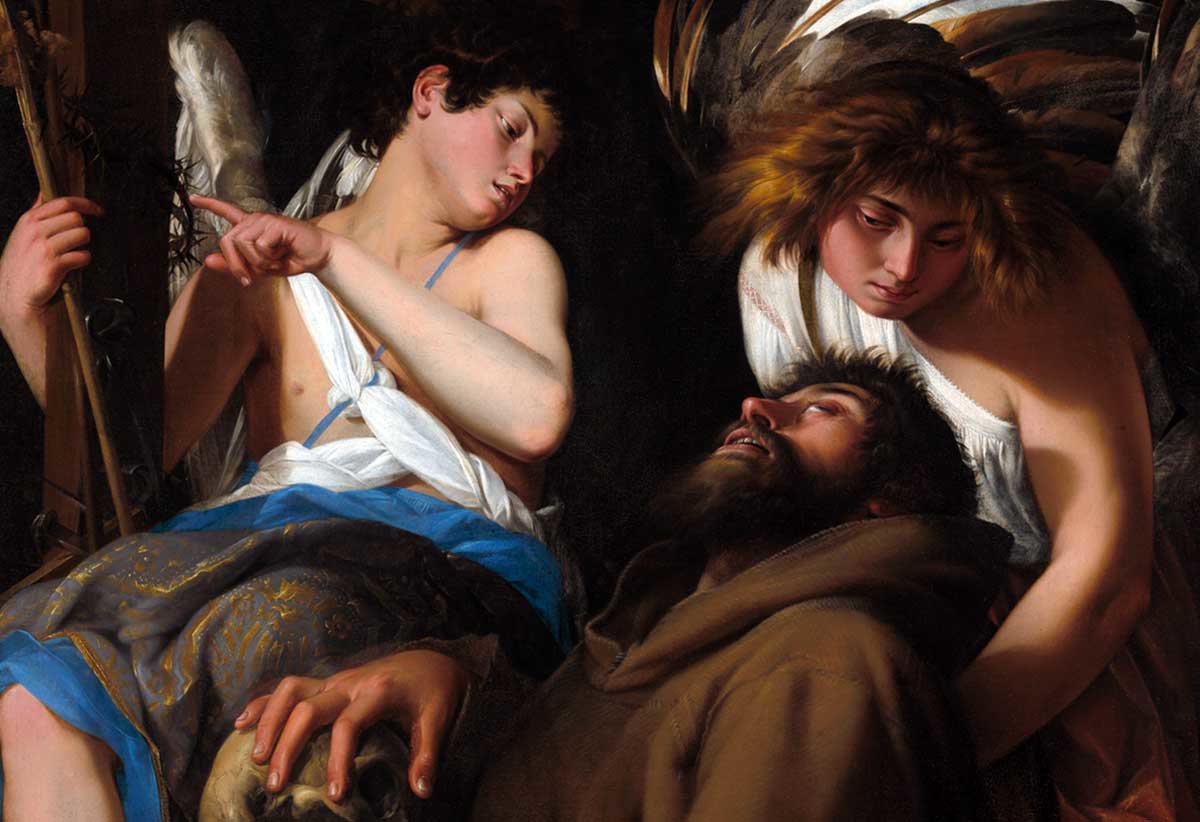
Faith and reason were considered opposing forces. However, this was not how the Catholic Church saw it. Instead of favoring one side or the other, the Scholastic tradition tried to show that faith and reason could work together. Indeed, they argued that logical analysis can actually strengthen belief.
Scholastics applied this approach to some big questions. For example, does God exist? Do human beings have free will? What makes an action moral? Rather than relying solely on religious revelation to explore such matters, they also employed tools such as philosophy and logic.
An ontological argument for God’s existence, developed by St. Anselm, illustrates its methods well: it is based on the idea that because we can conceive of a perfect being, such a being must exist. In other words, faith can be shown to be reasonable.
Peter Abelard approached things differently. He wanted scholars to ask questions about theological ideas that didn’t seem to make sense.
Scholasticism’s beginnings were heavily influenced by Plato via St. Augustine. From this philosopher, the movement adopted the view that faith and reason cannot contradict one another (and if they appear to, it is worth examining the matter closely). This notion significantly influenced early Scholastic thought.
The attitude of early Christian thinkers towards reason can be difficult for us moderns to grasp. Like other Church Fathers, St Augustine believed that because God created the world, its study would reveal truths about Him.
St. Thomas Aquinas and the Synthesis of Christian Doctrine and Aristotelian Thought
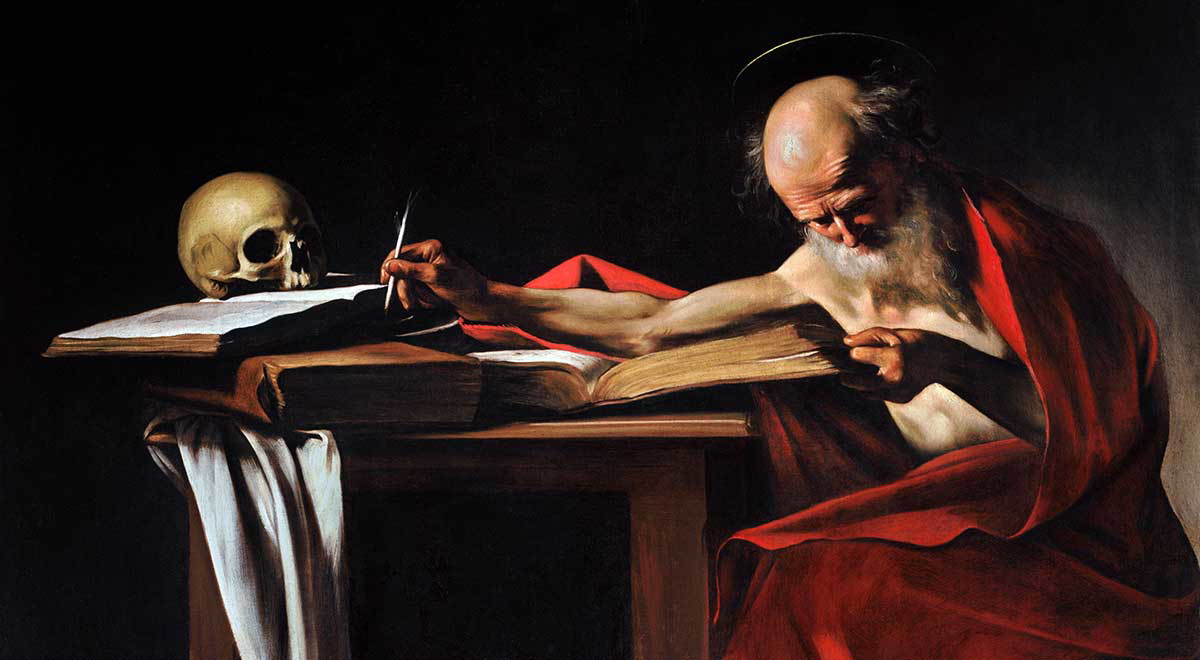
The philosophy of St. Thomas Aquinas revolutionized the field. While many believers were hesitant to fully accept Aristotle’s logic, Aquinas argued that faith and reason were not incompatible. Instead of shunning ancient philosophy, he embraced it, showing that far from undermining Christian beliefs, Greek ideas could enrich them.
His Summa Theologica remains one of Scholasticism’s key texts. Using a methodical approach, Aquinas addressed difficult questions about Christian doctrine, such as whether it is possible to prove God’s existence or how humans should determine right and wrong.
Aquinas is also famous for developing the Five Ways—logical explanations for the existence of God based on motion, causality, and design. This work shaped Catholic thinking in many areas, including natural law (how laws made by humans reflect eternal principles) and moral philosophy (what is right and wrong behavior?).
Aquinas was welcomed wholeheartedly by the Catholic Church. Although some theologians initially had doubts, they soon recognized him as a key figure in Christian philosophy. In fact, in 1323, he became a saint and, in time, a “Doctor of the Church,” one of the faith’s greatest thinkers.
Aquinas didn’t simply look at religion. He redefined what it meant to do so. By bringing together ideas from Christianity and the ancient philosopher Aristotle, he gave Scholasticism its central tenets. These would go on to underpin Catholic teaching and learning for generations to come.
The Role of Religious Orders in Scholastic Thought
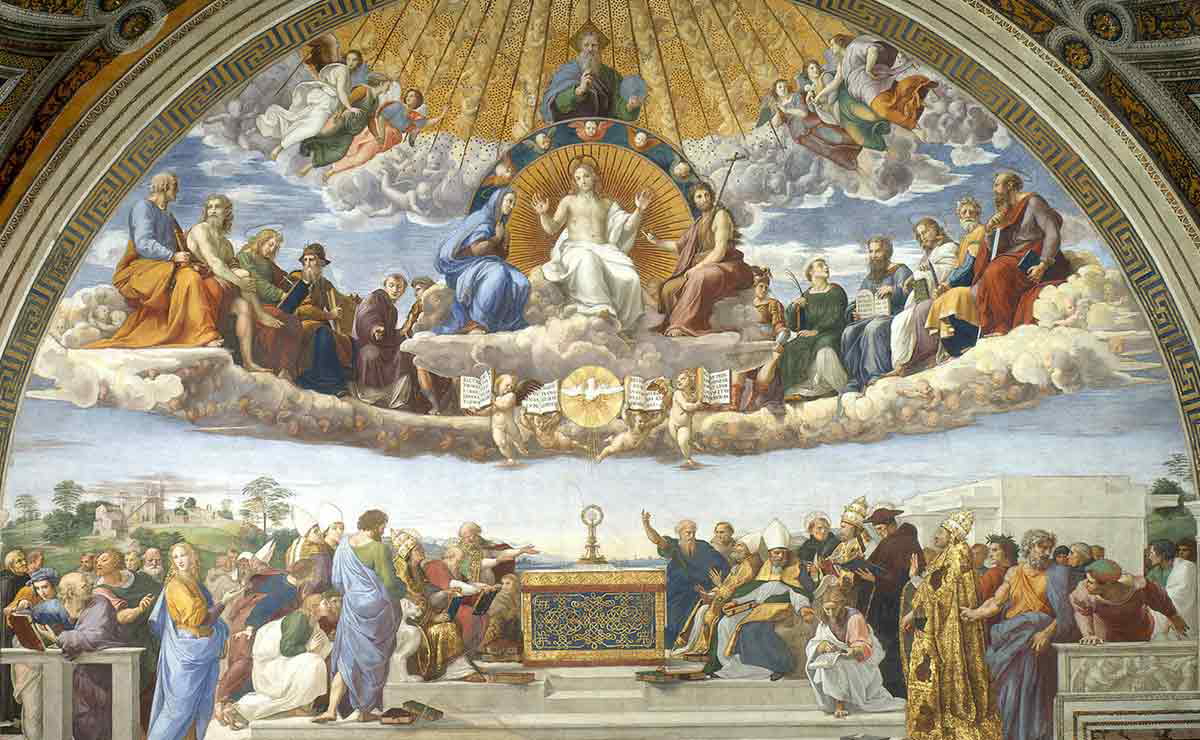
Scholasticism went beyond being simply an intellectual movement. As noted earlier, it had the backing of religious orders, especially the Dominicans and Franciscans, who left their mark on medieval thought in different ways, debating issues such as logic, free will, and the nature of God.
The Dominicans—known formally as the Order of Preachers—were interested in reason and systematic theology. Within this tradition, their standout figure was St. Thomas Aquinas, who used Aristotelian logic to construct a rational foundation for Christian belief.
Another leading Dominican thinker, Albertus Magnus, suggested that, along with theology, people should study science, nature, and philosophy.
One area where the Dominicans made their mark was in natural law: the idea that moral truths are part of the universe’s fabric and can be discovered using reason because they are inherent in its nature.
On the contrary, the Franciscans approached Scholasticism with more intuition and mysticism. For example, Duns Scotus disagreed with Aquinas’ views. He believed that God’s will trumps human reason—a perspective suggesting that divine choice (not just logic) determines right from wrong.
Ockham also challenged Thomas, introducing “Ockham’s Razor,” which states that we should prefer simple explanations when possible. This idea has since been hugely influential in both science and philosophy.
Both of them had a lasting influence. Dominicans tried to create a full system or framework for theology; some parts of this are still used today. In contrast, Franciscan scholars debated the nature of divine power and free will—questions that have shaped Western philosophy ever since.
The Decline and Legacy of Scholasticism: Church Influence Beyond the Middle Ages
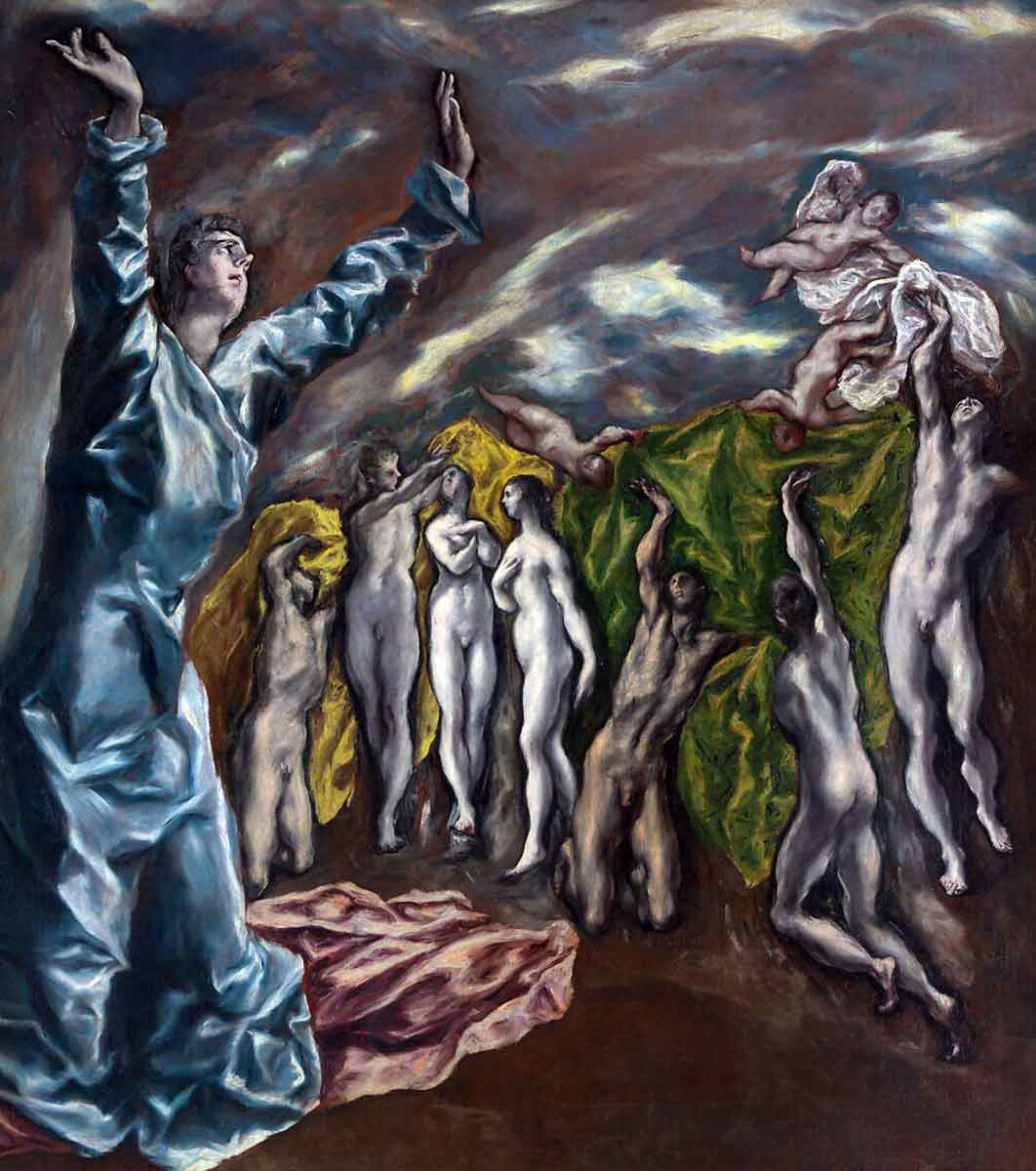
During the medieval period, Scholasticism was dominant in intellectual thought. However, this began to change with the Renaissance. The rise of humanism led to a shift in priorities: instead of theology based on logic alone, people started looking at art, individual human experiences, and scientific knowledge.
Some scholars from that time—including Erasmus and Desiderius—felt that debates within Scholastic philosophy had become too abstract. They wanted thinkers to pay more attention to everyday worries.
At the same period, new ways of doing science (Francis Bacon) or making arguments (René Descartes) were being developed, which did not follow traditional Scholastic lines.
Although mainstream philosophers moved away from Scholasticism after the Renaissance, it remained in use within the Catholic Church. In fact, the church revived some ideas when Neo-Thomism gained prominence between the 1800s and 1900s, again emphasizing the teachings of Aquinas.
Encouraged by Pope Leo XIII, Catholic scholars returned to Scholastic reasoning in order to defend their faith against secularism. This return to Scholasticism had positive effects on education (making it more Catholic), moral theology, and natural law.
The impact of these Scholastic ideas is still felt within Catholic thought today; one can see Church thinkers employing the logical structures of Aquinas to discuss law, ethics, science, and their interrelationships.
It isn’t just believers who find value in this kind of rational argumentation. Even some philosophers or lawyers working outside religious traditions might benefit from its emphasis on debate with rules and evidence.
While schools of this sort no longer hold sway as they did in past centuries, an inheritance has survived, shaping our thoughts, arguments, and quests for truths.
So, What Is the Role of the Catholic Church in the Development of Scholastic Philosophy?
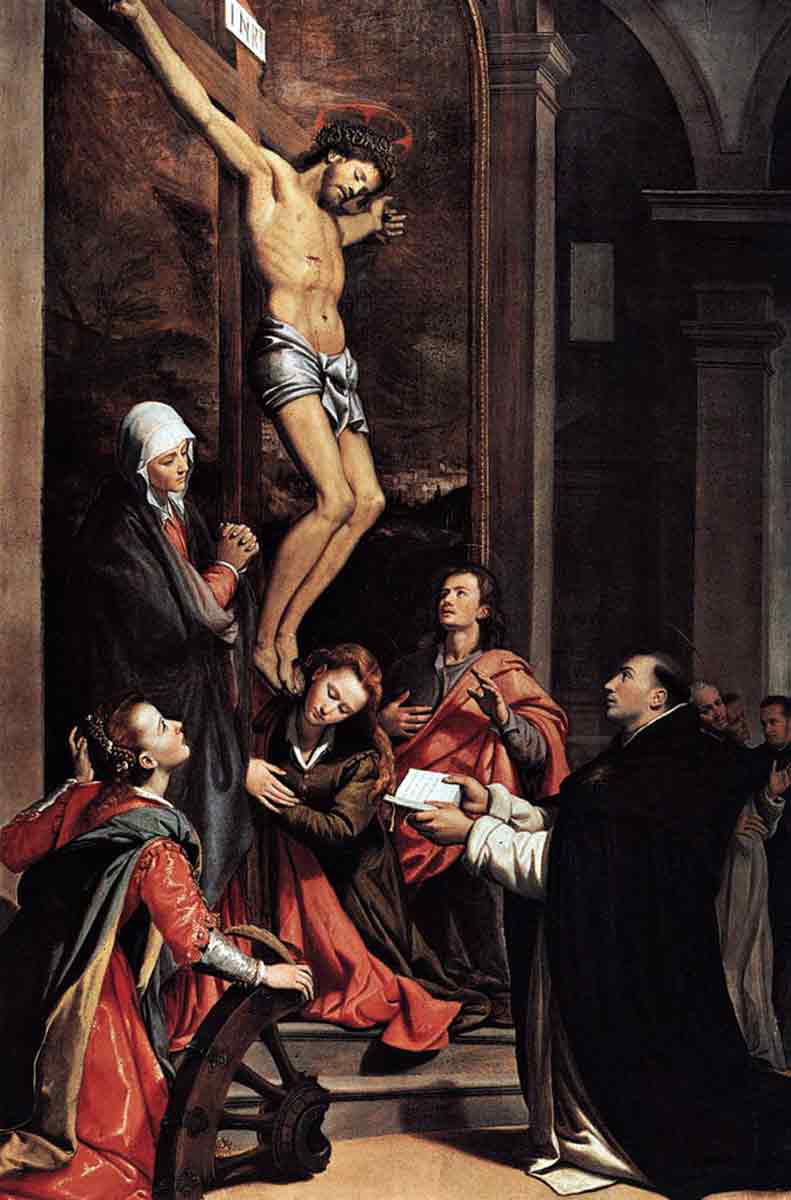
The Catholic Church played a significant role in the development of Scholastic philosophy. It had done everything from preserving the teachings of old monasteries to establishing universities where scholars could debate ideas.
Under its patronage, “Scholasticism” had evolved, and with it, new ways of thinking about religion, morals, and law had emerged. In this system, faith was not contrary to reason; rather, it coexisted in harmony.
Scholasticism enabled people to reconcile their religious beliefs with intellectualism for centuries. It influenced ethics, theology, and education. No longer as predominant as it once was, the church still continued its doctrines through Neo-Thomism, a revival of the thought of Thomas Aquinas’s time with a new twist.
Today, though, is anyone still interested in this tradition? We are in an era of accelerating scientific change, where moral questions are constantly being reinterpreted: can a medieval synthesis of faith and reason offer anything relevant today?
Maybe it can. Perhaps Scholasticism is not just a thing of the past, but a methodology that can help us find truth in our own era as well.
